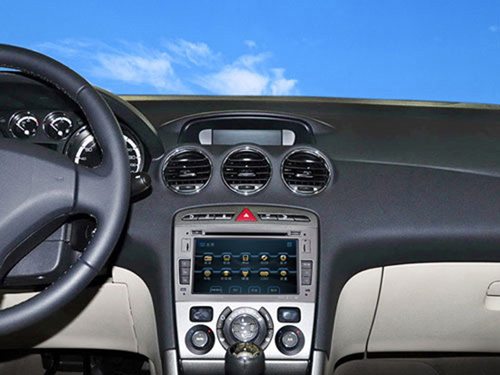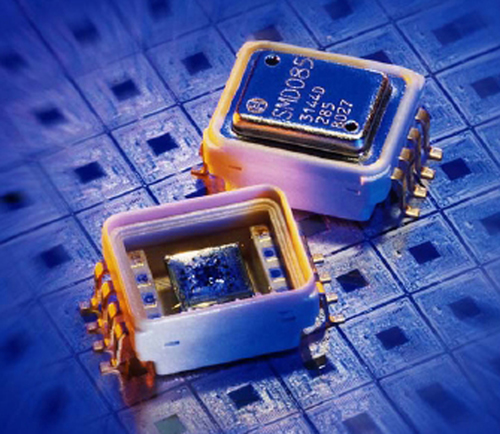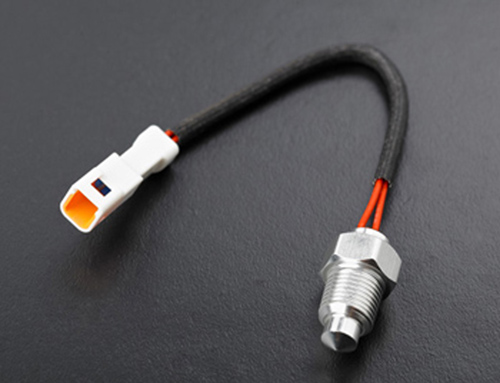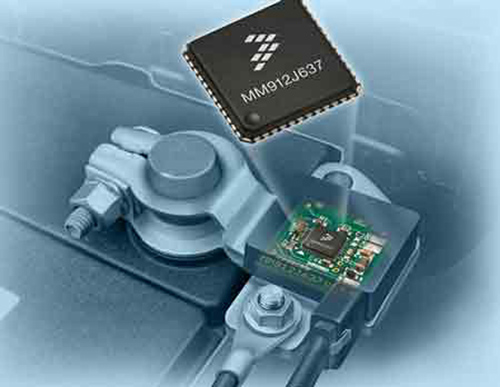Demand for Auto Sensors Continues to Grow in Developing Markets
2011/08/26 | By CENSGrowing concerns about driving safety have given greater urgency to the development of the sensors that are widely used in automobile engine control systems, chassis systems, body control systems, and navigation systems.
Since nearly all modern vehicles rely on high-precision computerized control systems, sensors are becoming increasingly sophisticated and calling for ever more advanced electronic manufacturing capabilities. With more enterprises dedicating themselves to this area, the integration, precision, and miniaturization of auto sensors are improving all the time through the application of new technologies and materials.
Huge Market

Prospects for China's auto sensor market are promising, especially since that country has emerged as one of the world's strongest new-car markets with a compound average annual growth rate that is expected to reach 9.3% from 2008 through 2013. With an increasingly high profile in the global auto-parts supply chain, China is likely to see its production of auto sensors skyrocket in the near future.
Compared to the developed countries, where the development of auto sensors has matured and the growth of market demand will inevitably slow down, developing countries, which mostly need basic sensors for engine, anti-theft, and exhaust systems, will witness a consistent upward trend in the years to come.
Still a Long Way to Go
Despite the expansion of China's new-car market and related supply chains to sustainable levels, Chinese manufacturers still have a long way to go before they will be able to supply auto sensors that measure up to the standards of large international automakers.
The Chinese producers absorbed new sensor technologies and related know-how from abroad back in the 1980s, giving them the ability to supply sensors for use in the low-end vehicles that filled most of the local demand back then.
Advancement has been sluggish in the years since then, however, due mainly to a lack of sustainable development planning, and the industry has not established a distinct position in the supply chain; in fact, in China, it is still regarded as part of the auto gauge industry. As a result, local suppliers cannot supply the local demand, and the country's carmakers have to import 500,000 units of sensors every year.
A number of makers have set up joint ventures with foreign enterprises to speed up their upgrading process. But, while a few of them have successfully developed higher-end auto sensors for engine control systems, thus gaining entry into the supply chains of large customers, most have yet to overcome technology bottlenecks and so continue to struggle with poor quality and weak profits.


Market Mainstream
Auto sensors are used to gather and present information on all kinds of car conditions and the ambient environment to help drivers boost safety while enhancing automotive power, fuel efficiency, and driving comfort. Sensors also help with vehicle security and exhaust control systems.
After several decades of development, sensors made from silicon semiconductors have become the mainstream in the market. Strategy Analytics, a global market research body, estimates the scale of the global market for such sensors grew to US$2.1 billion in 2008, and predicts that it will reach US$3.1 billion in 2013 and US$3.5 billion in 2016.

The company has written a new page in the history of MEMS sensor development with its next-generation technology, HERMEMS (high aspect ratio micro-electromechanical system), which produces a sensor with a better signal-to-noise ratio (SNR) while meeting nearly all of the requirements for everything from Supplemental Restraint Systems (SRS) to Electronic Stability Control (ESC). In addition, the company has developed the world's first 77Ghz sensor utilizing SiGe BiCMOS technology, which features a less noisy transmitter and higher electronic integration.
In response to the emergence of hybrid and electric vehicles, which has driven up demand for higher-end sensors to detect motor rotation speed, battery voltage, and temperature for the purpose of boosting fuel efficiency and prolonging battery life, Freescale unveiled its Intelligent Battery Sensor (IBS), coded MM912J637, on February 28, 2011. This was developed specifically to check battery pressure, current, and temperature.





